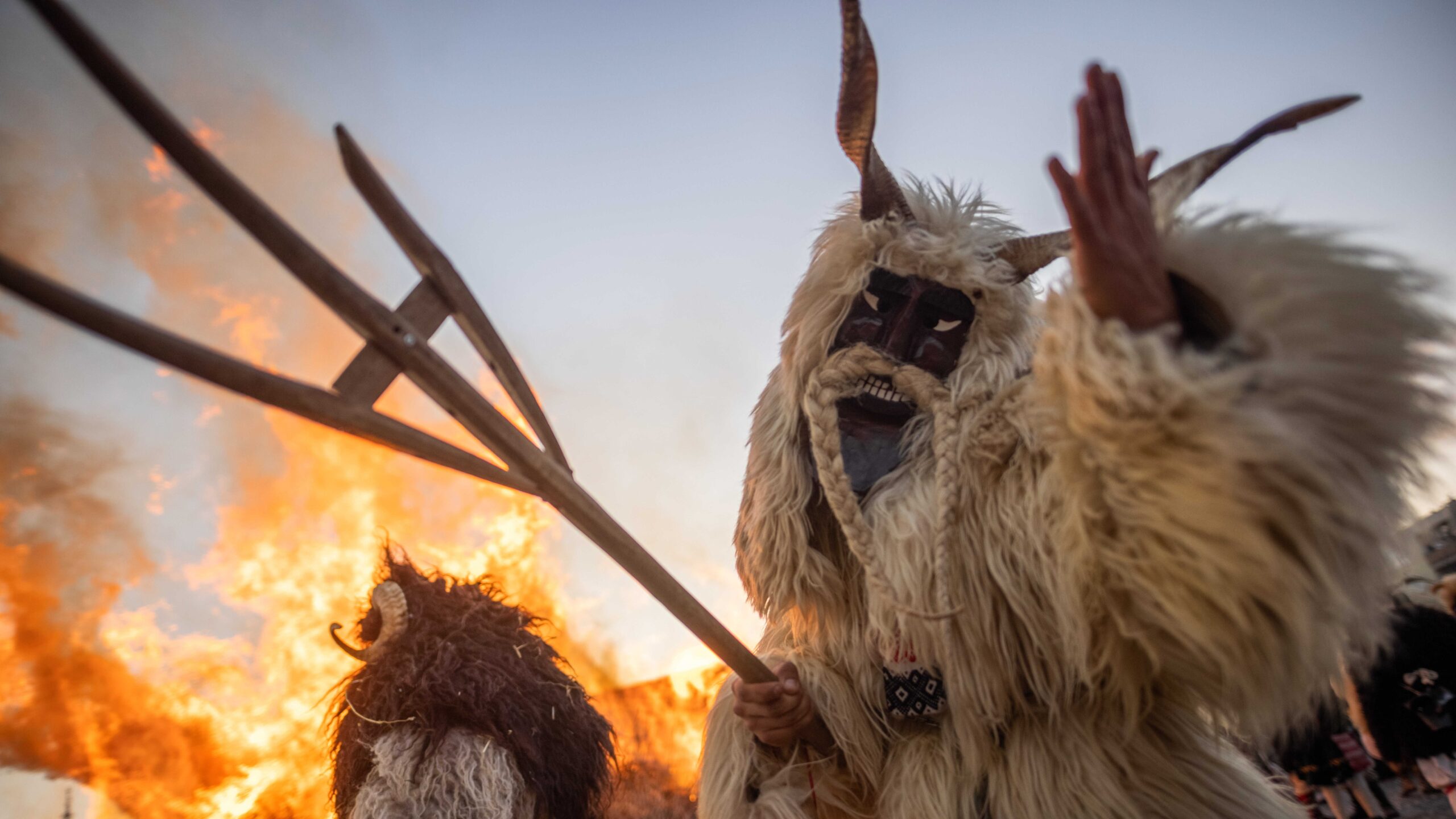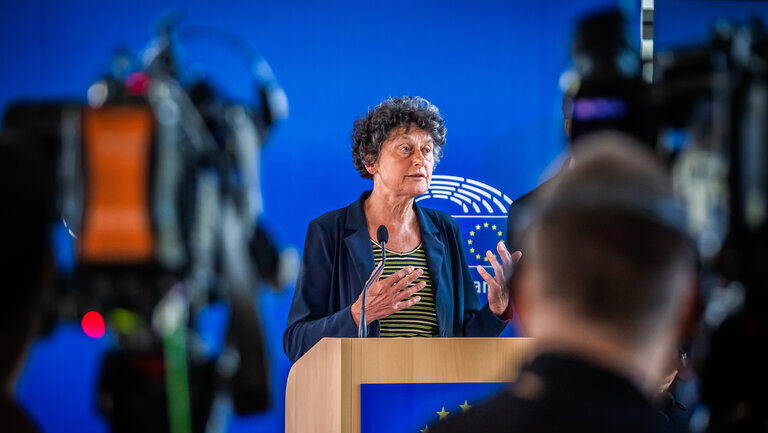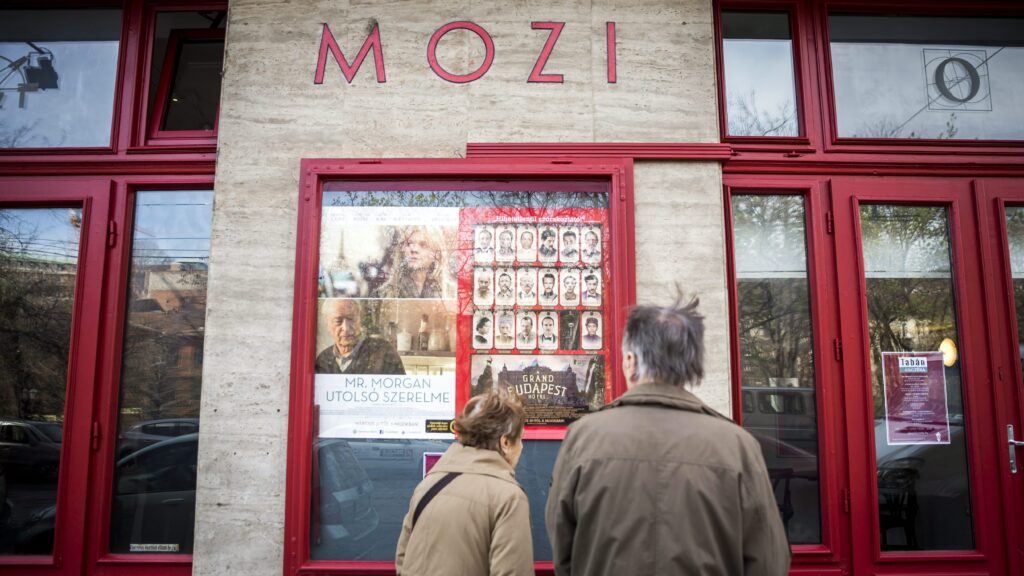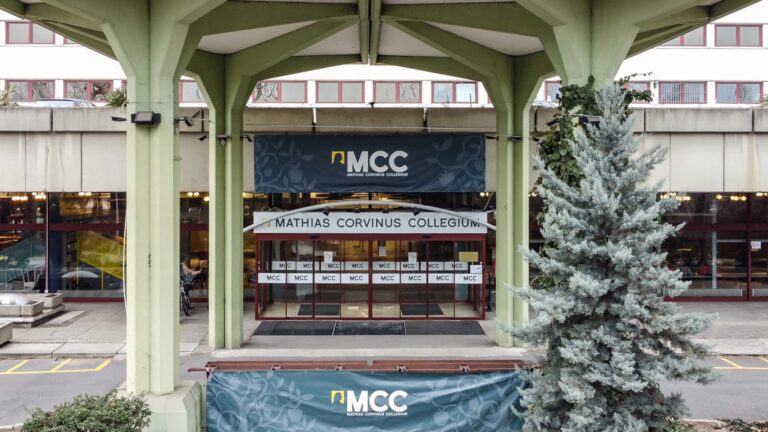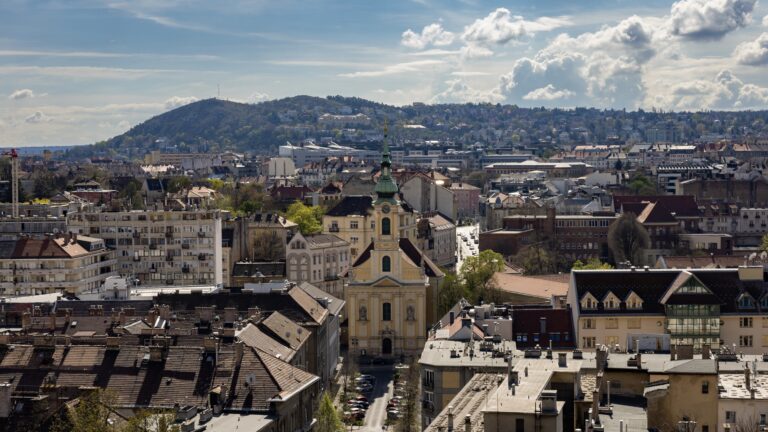The Hungarian Museum of Ethnography invites visitors to explore the traditions, customs, and folklore of the carnival season this Saturday. The event will focus on the period between Epiphany and Ash Wednesday, which is traditionally a time of celebration, festivity, and social freedom in Hungarian peasant culture.
A highlight of the programme on 22 February will be the museum’s exhibition on the famous Busó traditions, a key element of Hungarian carnival festivities. The Busó festivities, originating from the town of Mohács, involve masked, costumed figures who parade through the streets to chase away winter and welcome the arrival of spring.
Families can start the day with the MÉTA Matiné, a special morning event filled with carnival activities for children. In the evening, the renowned folk group Los Andinos will perform a concert, adding a musical touch to the celebrations.
Visitors can also take part in guided tours of the Heritage exhibition, where they will learn about the historical and cultural significance of carnival costumes. Additionally, a hands-on workshop will allow participants to carve their own Busó masks and even try on traditional Busó attire.
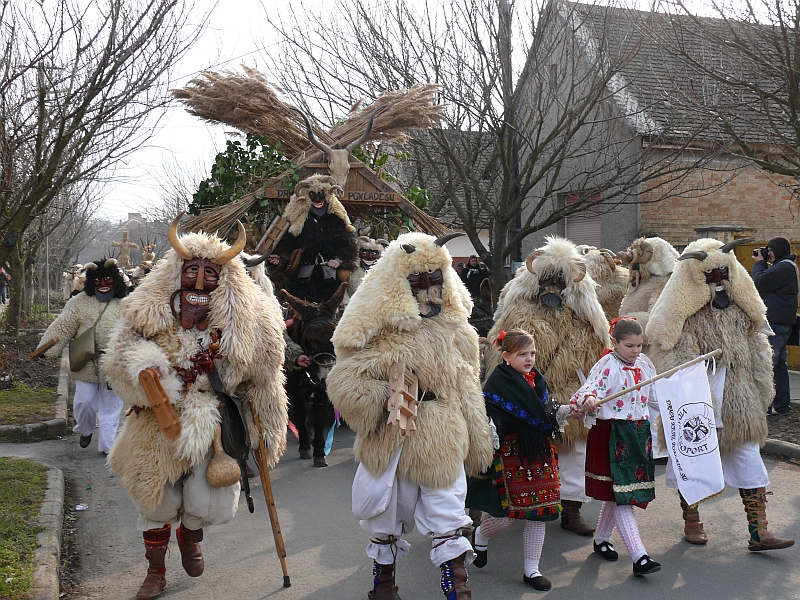
Beyond the famous masks and costumes, the event will delve into the deeper cultural meanings of carnival traditions. Through lectures and guided tours, visitors will discover how festive disguises transform into ritual garments and how carnival customs historically played a role in courtship, matchmaking, and wedding celebrations.
A selection of ethnographic films will also be screened throughout the event, including Asszonyfarsang Mátraalmáson (Women’s Carnival in Mátraalmás), a 1967 documentary by Lajos Boglár. The film, which originally sparked controversy in the village where it was recorded, showcases a unique perspective on female-led carnival traditions.
The day’s activities will also include a demonstration of traditional pig slaughtering customs, a long-standing rural tradition associated with winter festivities. Meanwhile, younger visitors can enjoy Turka, the Dancing Goat, a lively folk puppet show. Folk singer Szilvia Bognár will teach participants traditional wedding songs associated with the carnival season, and the museum’s temporary exhibition will feature live music performances at intervals throughout the day.
Related articles:

